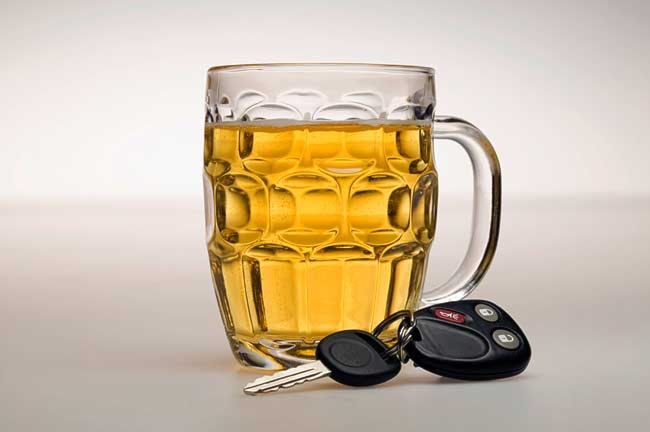The Yukon government must do more to reduce garbage and ensure the stuff we produce is disposed of properly.
Currently it is not doing this.
The latest example is the Old Crow dump. And it’s disturbing.
Pictures of the dump show old ranges, fridges, batteries, boxes, bedsprings, paint cans and gas canisters scattered around a clearing bordered by spindly pine trees.
The village only has 256 people. It is the Yukon’s most remote human settlement. There is no road to the place, everything has to be flown in.
And still the government can’t handle the garbage problem effectively.
The Yukon government’s Community Services Department applied to keep the site open and operating for another six years. It applied to the Yukon Environmental and Socio-economic Assessment Board for permission to do so.
After an exhaustive examination of the dump, the board recommended against the plan.
Its 36-page exploration of the project determined it will have “significant adverse environmental or socio-economic effects in or outside the Yukon that cannot be mitigated.”
There is no liner on the dump, so nasty chemicals and other fluid contaminants are flowing onto the unprotected ground and pose a risk to groundwater.
The Vuntut Gwitchin First Nation has found illegally dumped contaminated soils at the site.
A lot of the crap dumped at the site is highly toxic and increases the risks of cancer, growth defects, DNA mutations, compromised immune and reproductive systems in plant and animal life. It is also highly toxic.
Humans, it should be noted, are animals.
There is no monitoring of the site by officials, and access is not restricted in any way.
The Porcupine River is less than 50 metres away. Downhill.
Officials don’t understand the groundwater regime in the area, the spring melt and local topography lead experts to believe toxic and chemically laced meltwater is seeping into the river and groundwater.
“This will lead to significant adverse effects on the water quality of both surface and groundwater sources,” according to the board’s detailed assessment. “Subsequently, this can have significant adverse affects on humans, wildlife, vegetation and fish species through their use and association with surface water bodies.”
The government proposal for the dump doesn’t help matters. It does not contain sufficient mitigation to prevent future problems, let alone existing ones.
They burn garbage at the dump, but, again, the lack of proper segregation or monitoring is putting people’s health and safety at risk.
During a visit to the site, officials found plastic, metal, recyclables, electronics, paints, an animal carcass and hazardous materials in the burn vessels.
And those burn vessels are damaged, preventing their doors from closing. This increases the risk of wildfire (cinders could escape) and toxic contamination of the surrounding area from dioxins, furans and other nasty smoke-borne toxins.
A lot of this happens because burning garbage is more dangerous in marginal conditions, such as cool air, exposure to rain and incomplete combustion (like you might find happening if, say, a burn vessel is damaged).
During one visit, the burn vessel was smoldering two out of three days.
“The burning of waste and the release of toxic air emissions may affect human health, wildlife and general environmental quality in the area.”
These are a few of the more major findings. There are others.
The dump’s electric fence is frequently vandalized and doesn’t work most of the time, making the dump a risk to wildlife and residents of Old Crow.
The electric wires have not been flagged properly and, because they are nearly invisible, they pose a risk to snowmobile and ATV drivers.
We could go on, but you get the filthy picture.
Despite the board’s recommendation against accepting the proposal, the government is pushing it through.
There is no viable alternative to the existing dumpsite, said Environment officials, explaining why they are vetoing the assessment board recommendation.
The site will be operated under the terms and conditions of Environment Yukon’s permit. These terms provide adequate protection, the department notes.
Signs will be posted, waste will be segregated, inspections will be done, the electric fence will be fixed and recycling programs will be established “as soon as possible.”
A plan to deal with solid waste, other than burning, will be developed by March, the department writes.
And incineration at the site shall not exceed federal standards for emissions of dioxins, furans and mercury, it notes.
However, “burning vessels used by Community Services do not meet this definition, therefore the Canada-wide standards for dioxins and furans do not apply.”
That’s not reassuring.
The fact is, the government has an enormous waste-disposal problem, and its attempts to deal with it seem halfhearted.
If it can’t handle the garbage produced by the territory’s smallest, most remote village in an environmentally benign manner, then you get an idea of the scope of the problem.
It isn’t just about burying or burning the waste, it’s about coming up with imaginative ways to limit its disposal in the first place.
That will require a huge, territory-wide effort.
And, so far, the government seems ambivalent about the garbage problem.
As the Old Crow dump situation shows, it’s comfortable with the status quo. (Richard Mostyn)
